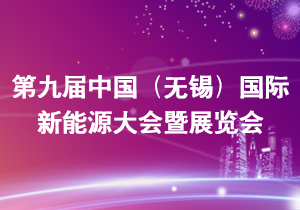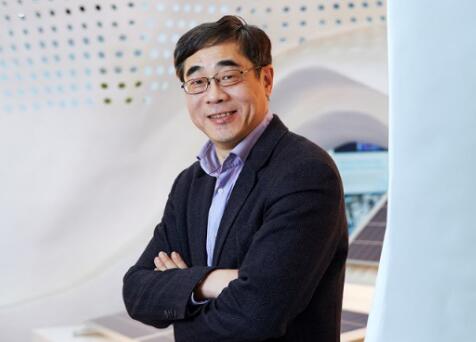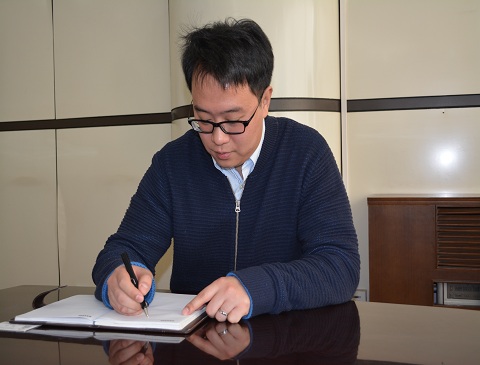In a move to secure high-quality monocrystalline wafers needed for its selective emitter cell technology, JA Solar has acquired Solar Silicon Valley Electronic Science and Technology Co. for approximately US$180 million. Solar Silicon Valley has an annual production capacity of 485MW and has been a supplier to JA Solar. Including both mono- and multicrystalline wafers, the purchase will take JA Solar’s internal wafer capacity to approximately 785MW, according to the company. Solar Silicon Valley is located in the Yanjiao Economic & Technology Development Zone in Langfang City, Hebei Province, China.
In a conference call with financial analysts to discuss the acquisition, JA Solar management highlighted that there were few high-quality mono wafer suppliers and that due to the drive to higher cell efficiencies using selective emitter cell and back-contact cell designs, the need for mono wafers was increasing.
Management noted that prices for mono wafers had not fallen at the same rate as multicrystalline wafers due to the limited availability.
Management claimed, though did not have the figures available, that Solar Silicon Valley had one of the lowest manufacturing cost structures and produced mono wafers with very high yield. The wafer producer also made its own crucibles, which also contributed to its low cost structure.
"This agreement represents another important step in JA Solar's strategy of optimizing our cost structure through selective vertical integration," noted Dr. Fang Peng, CEO of JA Solar. "In today's solar market, it is essential for producers to improve costs while maintaining a relentless focus on technology and product quality. By boosting JA Solar's internal wafer capacity through this acquisition, we expect to achieve greater economies of scale and improve the company's profitability. Furthermore, Solar Silicon Valley has key technologies which can be leveraged to provide superior quality wafer substrates for our high-efficiency solar cell products. As a low cost leader in the solar industry, we expect that this transaction will enhance JA Solar's leadership position and enable us to meet strong global demand for our high-quality, high-efficiency solar products."
Management also said that Solar Silicon Valley had already aligned to JA Solar’s technology roadmap requirements for high-quality mono wafers that were crucial for producing cells with 20% and above conversion efficiencies.
Greater demand for monocrystalline-based modules is being driven by feed-in tariff changes that benefit residential and other rooftop applications in key markets such as Italy. Management also noted that approximately 50% of module installations in the US were mono-based. According to market research firms, the US market is expected double to nearly 2GW in 2011.
JA Solar and Solar Silicon Valley are also expected to benefit from synergies arising from economies of scale, raw material sourcing efficiencies as well as operational optimization.
Polysilicon supply deals had been in place with Hemlock since 2004 under long-term contracts, though these were signed with Jinglong, the previous owner of Solar Silicon Valley. However, management expect that the supply agreements as they currently stand will not be affected by the acquisition.
According to financial analyst, Mark Bachman at Avian Securities, the acquisition of Solar Silicon Valley increases JA Solar’s in-house wafering supply to 37%, up from prior plans for 20% by fourth quarter of 2011.
Bachman noted in a research note to clients that the acquisition was part of plans to look ahead of near-term pricing volatility and begin planning for more stable prices. The added wafering capacity was still viewed to be far below JA Solar’s cell capacity, which would lead to full utilization of the wafering assets even in the seasonally weak 1H12, period.
In addition, Bachman noted that the cost of producing wafers in-house is still below the aggressive prices offered by major wafer supplier, GCL which Bachman noted as currently offering prices in the US$0.50/w - US$0.60/w range.
- MX Solar declares a founding role in CASM2012-03-15
- First Solar and Suntech led 2011’s module manufacturer rankings, says Lux Research report2012-03-15
- Solar shakeout: Oerlikon Solar to be sold to Tokyo Electron2012-03-06
- GE Energy Financial ups solar power investments during last year to almost US$5 billion in projects2012-03-05
- Neo Solar Power’s NeoMono cell has conversion efficiency reaching 18.5% using quasi-mono wafers2012-03-02
- 第九届中国(无锡)国际新能源大会
-
 本届新能源大会以“新城镇、新能源、新生活”为主题,举办2017全球新能源产业峰会及“光伏+”跨界、绿色建筑、分布式市场营销等10场专业论坛,国家能源局新能源和可再生能源司...
本届新能源大会以“新城镇、新能源、新生活”为主题,举办2017全球新能源产业峰会及“光伏+”跨界、绿色建筑、分布式市场营销等10场专业论坛,国家能源局新能源和可再生能源司...














